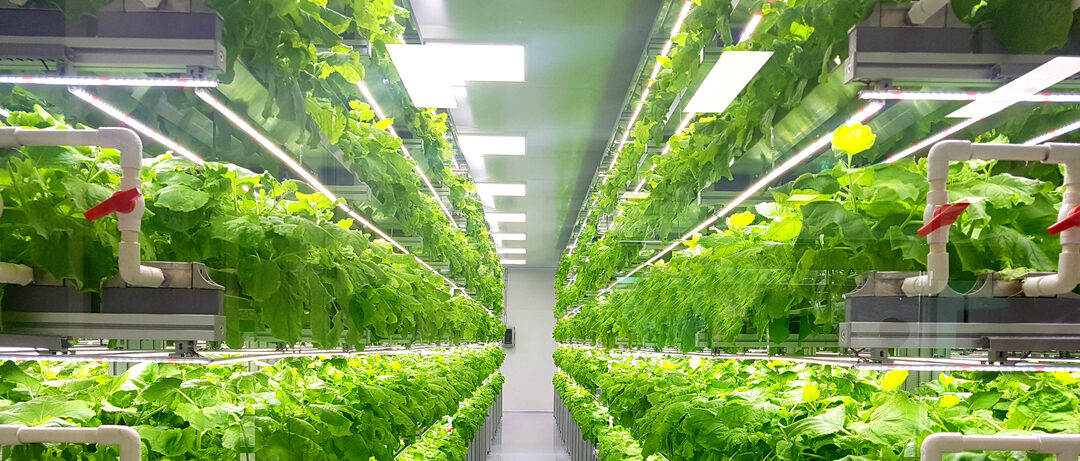Fodder, also called provender, is any agricultural foodstuff used specifically to feed domesticated livestock, such as cattle, rabbits, sheep, horses, chickens, and pigs. “Fodder” refers particularly to food given to the animals (including plants cut and carried to them), rather than that which they forage for themselves (called forage). Fodder includes hay, straw, silage, compressed and pelleted feeds, oils and mixed rations, and sprouted grains and legumes (such as bean sprouts, fresh malt, or spent malt). Most animal feed is from plants, but some manufacturers add ingredients to processed feeds that are of animal origin.
The worldwide animal feed industry produced 873 million tons of feed (compound feed equivalent) in 2011, fast approaching 1 billion tonnes according to the International Feed Industry Federation, with an annual growth rate of about 2%. The use of agricultural land to grow feed rather than human food can be controversial; some types of feed, such as corn (maize), can also serve as human food; those that cannot, such as grassland grass, may be grown on land that can be used for crops consumed by humans.
Here are some Fodder crops and fodder products currently in the marketplace.
Maize for forage
Sorghum for forage
Ryegrass for forage
Clover for forage
Alfalfa for forage
Green Oilseeds for silage
Legumes for silage

Health concerns
In the past, bovine spongiform encephalopathy (BSE or “mad cow disease”) spread through the inclusion of ruminant meat and bone meal in cattle feed due to prion contamination. This practice is now banned in most countries where it has occurred. Some animals have a lower tolerance for spoiled or moldy fodder than others, and certain types of molds, toxins, or poisonous weeds inadvertently mixed into a feed source may cause economic losses due to sickness or death of the animals. The US Department of Health and Human Services regulates drugs of the Veterinary Feed Directive type that can be present within commercial livestock feed.
Production of sprouted grains as fodder
Fodder in the form of sprouted cereal grains such as barley and legumes can be grown in small and large quantities. Hydroponic systems can grow up to tons of sprouts each day; year-round in a carefully controlled environment.
Sprouted grains can increase the nutritional value of the grain compared with feeding the ungerminated grain to stock. In addition, they use less water than traditional forage, making them ideal for drought conditions. Under hydroponic conditions, sprouted fodder at 150 mm tall with a 50 mm root mat is at its peak for animal feed. Although products, such as barley, are grain, when sprouted they are approved by the American Grassfed Association to be used as livestock feed.
Depending on your ranch herd, if you have a beef herd or a dairy herd; fodder can be aesily produced to help your herd and bring you top dollar.
Keep in mind verticle fodder trays in a bard can produce fodder in massive quantities going from seed to ready-to-eat fodder in 4 to 5 days.
- Safflower seeds. …
- Canola seeds. …
- Whole cottonseed. …
- Soybean meal. …
- Sunflower meal. …
- Safflower meal. …
- Canola meal. Canola meal makes a good protein source for cattle fed low-protein forages or cows grazing dormant range. …
- Cottonseed meal. Cottonseed meal is commonly used in range cubes and prepackaged protein supplements.
- Focus on forage quality. Emphasize to your team the importance of harvesting and preserving high-quality forages. …
- Properly mix and deliver dairy feed rations. …
- Evaluate fiber and forage digestibility levels. …
- Monitor starch and fat levels. …
- Balance for methionine and lysine.




Fodder is designed to develop a full range of super fast growing and safe feeding options for all ranchers and farmers. This allows for cattle ranchers to own small properties and still have rather large herds due to verticle fodder farming in a barn that can easily feed a big herd of cattle, alpacas, horses, pigs, chickens, etc.
Dairy cattle will each need 20-40 lbs of fodder per day. Green fodder requirement for cow and buffalo is 10% of its body weight eg. 400 kgs buffalo or cow requires 40kg of green fodder (in which 30 kgs of cereals as Hybrid napier/maize/jowar and 10 kgs of pulses like Lucerne/cowpea or Stlyosanthes).
What is the best fodder for cows?
Lucerne: The lucerne crop is also called alfalfa and it is considered to be a rich leguminous crop. It is called the ‘Queen of Forages’ and considered the best fodder crop for dairy cattle. It has a higher crude protein content of around 15-20 percent.
Is Fodder good for cattle?
Research has shown that fodder sprouts digest very quickly. As a result, hays that are high in fiber and slow to digest compliment the sprouts. By slowing down the digestion cattle can retain more of the beneficial nutrients and enzymes in the sprouts.
DIY videos for those who need to know how to grow fodder on your land on earth or your craft in space.
DIY Chicken Fodder – Experiment with Wheat – 8 Days. Note, NO MOLD ALLOWED.
Save on your Animal Feed – Hydroponics Farming. African farming in Kenya feeding livestock like cows and pigs and chickens. Seeds used were barley, wheat, maize, or oats.
DIY Fodder System Cheap Livestock Winter Food. Feed your horses and other livestock.
Going Big – Commercial Farming Hydroponics Fodder Farms. 7 Day Turnaround for the whole herd of Buffalo, goats, and chickens.




